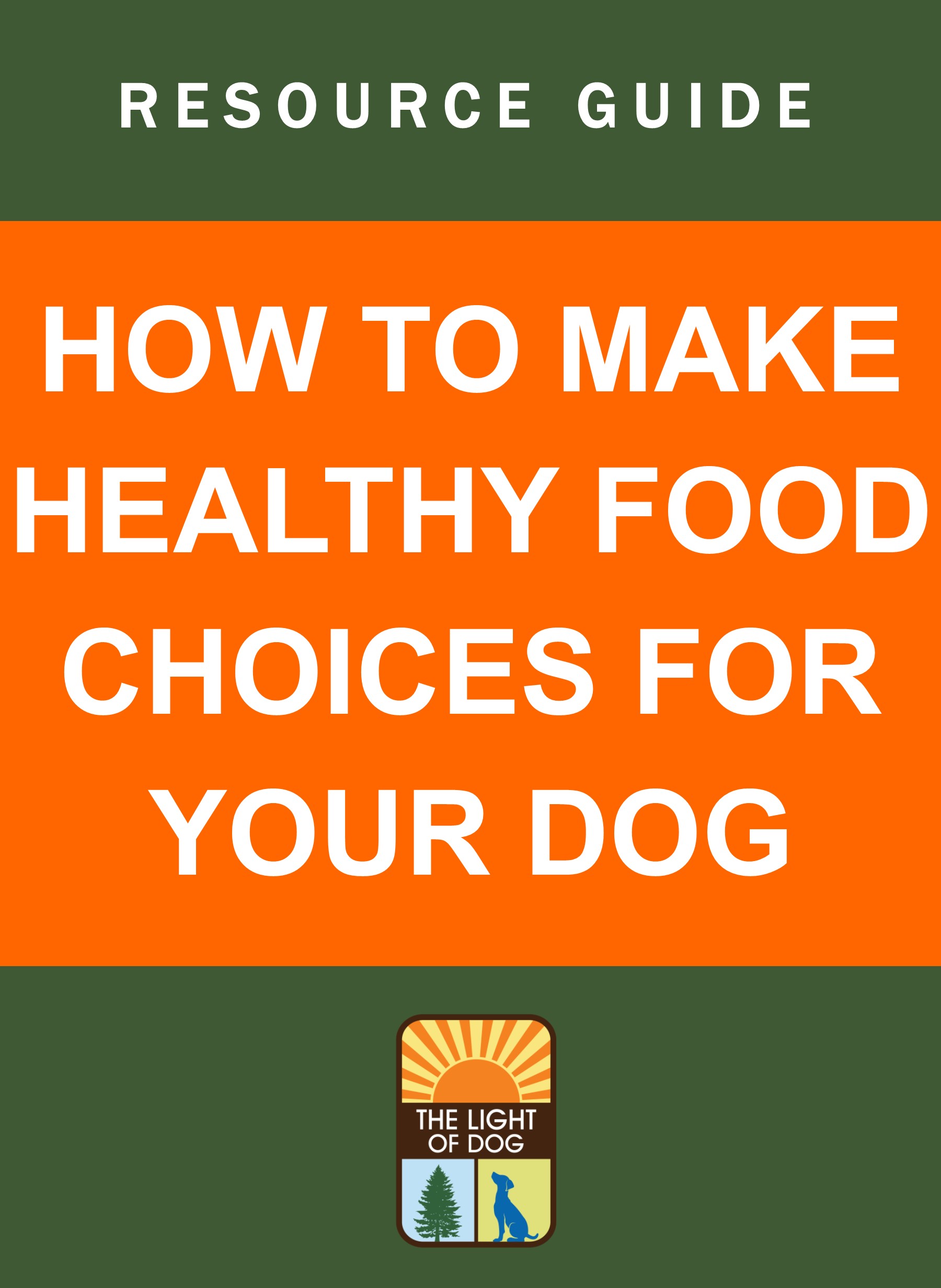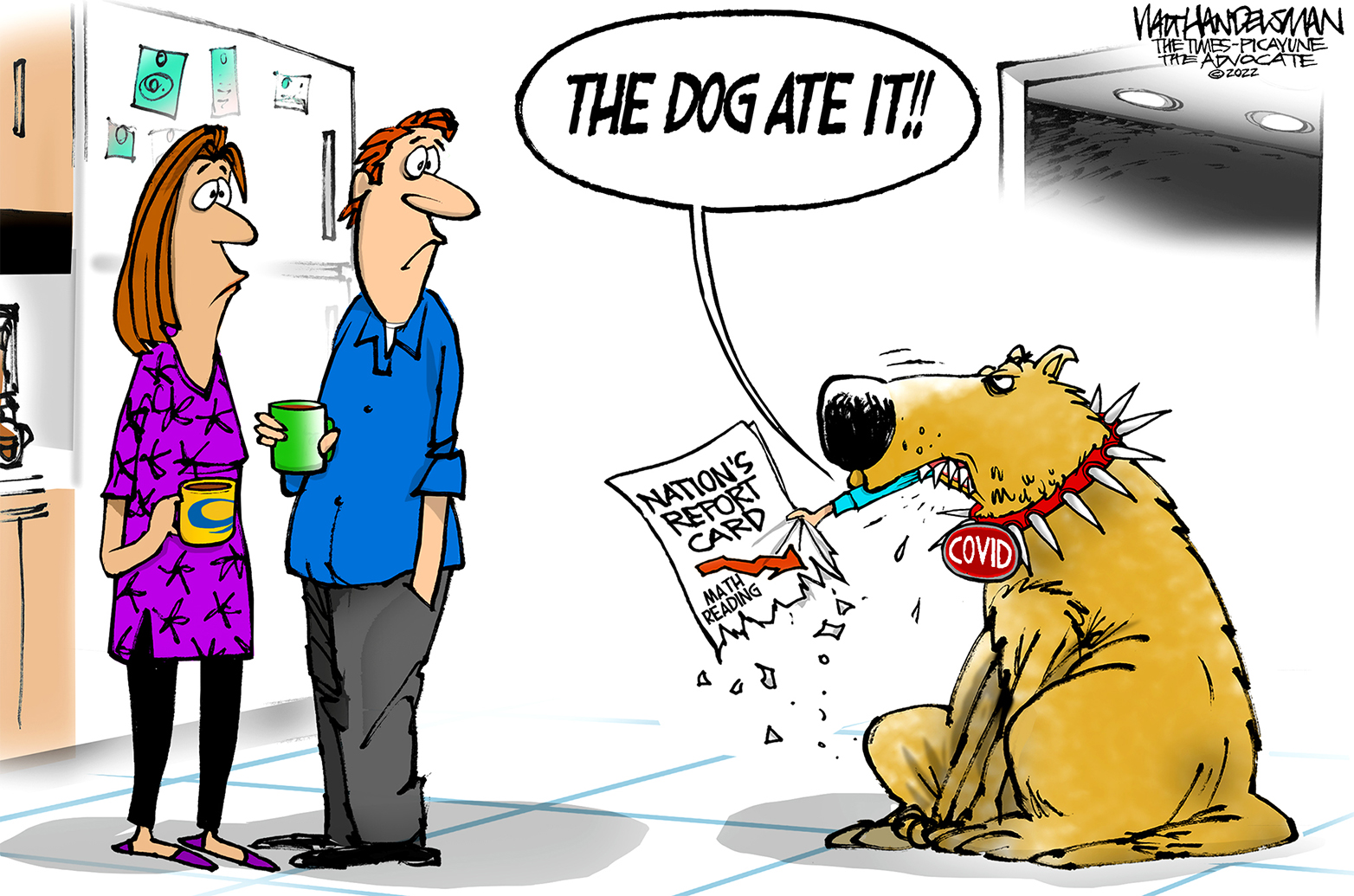Have you ever come home to find your favorite pair of shoes chewed up, your furniture scratched, or your trash bin emptied by your furry best friend? If so, you're not alone. "Ate out by dog" is becoming a common phrase among pet owners as dogs continue to explore their surroundings through their mouths. This behavior, while often cute at first, can escalate into serious problems if not addressed properly.
Understanding why dogs engage in destructive chewing and eating behaviors is crucial for maintaining a healthy and harmonious relationship with your pet. This article dives deep into the reasons behind this behavior, offers practical solutions, and provides expert advice on how to manage it effectively.
By the end of this guide, you'll have a clearer understanding of why your dog "ate out" and what you can do to prevent it. Let's get started!
Read also:Liver King Neck The Ultimate Guide To This Trendy Fashion Accessory
Table of Contents
- Understanding "Ate Out by Dog" Behavior
- Common Causes Behind "Ate Out by Dog"
- Biological Reasons for Dogs to Chew
- Environmental Triggers for Dogs
- Effective Solutions to Stop "Ate Out by Dog"
- Training Techniques for Dogs
- Recommended Products to Prevent Damage
- Expert Opinions on Dog Behavior
- Health Implications of "Ate Out by Dog"
- Tips for Long-Term Success
Understanding "Ate Out by Dog" Behavior
When your dog "ate out," it usually means they've chewed on something they shouldn't have, whether it's your furniture, shoes, or even your homework. This behavior isn't just about boredom; there are deeper reasons why dogs engage in such activities. Understanding these reasons is key to addressing the issue.
Let's break it down:
- Curiosity: Puppies, in particular, explore the world through their mouths.
- Teething: Just like babies, puppies go through a teething phase where chewing relieves discomfort.
- Boredom: Dogs with excess energy may resort to destructive behaviors if they don't have enough mental or physical stimulation.
While some level of chewing is normal, excessive or inappropriate chewing can lead to costly damages and potential health risks for your pet.
Common Causes Behind "Ate Out by Dog"
So, why exactly does your dog "ate out"? Here's a closer look at the most common causes:
Emotional Factors
Dogs are emotional creatures, and their behavior often reflects their mental state. Anxiety, stress, and separation can lead to destructive chewing. For example, if your dog is left alone for long periods, they might chew on furniture or shoes as a way to cope with loneliness.
Physical Needs
Chewing can also be a sign of unmet physical needs. If your dog isn't getting enough exercise or mental stimulation, they may redirect their energy into destructive behaviors. Additionally, nutritional deficiencies can sometimes cause dogs to chew on non-food items, a condition known as pica.
Read also:Kang Li Tiktok The Rising Star Taking The World By Storm
Biological Reasons for Dogs to Chew
Chewing is a natural behavior for dogs. It helps them explore their environment, relieve stress, and even keep their teeth healthy. However, when this natural behavior turns into excessive or inappropriate chewing, it becomes a problem.
Here are some biological reasons why dogs chew:
- Teething: Puppies chew to relieve the discomfort of growing teeth.
- Teeth Cleaning: Chewing helps dogs clean their teeth and reduce plaque buildup.
- Instinctual Behavior: Wild ancestors of dogs used chewing as a survival skill.
Environmental Triggers for Dogs
Your dog's environment plays a significant role in their behavior. A cluttered or stressful environment can trigger destructive chewing. Here's how you can create a more dog-friendly space:
Minimizing Triggers
Keep tempting items like shoes, wires, and trash bins out of reach. Use baby gates or pet-proof furniture to create a safe space for your dog. Additionally, providing plenty of toys and chewable items can redirect their attention away from inappropriate objects.
Creating a Positive Environment
Ensure your dog has a comfortable and stimulating environment. Regular playtime, walks, and interactive toys can help keep them entertained and reduce the likelihood of destructive behavior.
Effective Solutions to Stop "Ate Out by Dog"
Stopping your dog from "eating out" requires a combination of training, environmental adjustments, and sometimes professional help. Here are some effective solutions:
Training and Positive Reinforcement
Teaching your dog what they can and cannot chew on is essential. Use positive reinforcement techniques to reward good behavior. For example, when your dog chews on an appropriate toy, give them a treat or verbal praise.
Using Deterrents
There are various deterrents available that can help discourage inappropriate chewing. Bitter sprays, for instance, can be applied to furniture or other off-limits items to make them less appealing to your dog.
Training Techniques for Dogs
Training is one of the most effective ways to address "ate out by dog" behavior. Here are some techniques you can try:
- Command Training: Teach commands like "leave it" or "drop it" to help control your dog's behavior.
- Consistency: Be consistent with your training methods and rewards.
- Patience: Training takes time and patience, especially with younger dogs.
Remember, every dog is different, and what works for one might not work for another. Tailor your training methods to suit your dog's personality and learning style.
Recommended Products to Prevent Damage
There are several products on the market designed to help prevent destructive chewing. Here are a few recommendations:
- Chew Toys: Invest in durable chew toys that satisfy your dog's natural urge to chew.
- Bitter Sprays: These sprays can be applied to furniture or other off-limits items to make them less appealing.
- Crate Training: A crate can provide a safe space for your dog when you're not around to supervise.
Expert Opinions on Dog Behavior
Experts in dog behavior offer valuable insights into why dogs "ate out" and how to address the issue. According to Dr. Jane Goodall, renowned ethologist, "Understanding your dog's natural instincts is key to managing their behavior effectively."
Dr. Goodall suggests that owners should focus on providing a balanced environment that meets their dog's physical and emotional needs. This includes regular exercise, mental stimulation, and positive reinforcement training.
Health Implications of "Ate Out by Dog"
Excessive or inappropriate chewing can have serious health implications for your dog. Ingesting non-food items can lead to blockages, poisoning, or other medical issues. Here's how you can protect your dog's health:
Preventative Measures
Regular veterinary check-ups can help identify potential health issues early. Additionally, ensuring your dog has access to appropriate chew toys and a balanced diet can reduce the likelihood of them eating harmful objects.
Recognizing Warning Signs
Watch for signs of distress, such as vomiting, lethargy, or loss of appetite. If you suspect your dog has ingested something harmful, contact your veterinarian immediately.
Tips for Long-Term Success
Managing "ate out by dog" behavior is an ongoing process. Here are some tips for long-term success:
- Stay Consistent: Consistency in training and rules is crucial for your dog's understanding.
- Monitor Behavior: Keep an eye on your dog's behavior and address any issues promptly.
- Seek Professional Help: If you're struggling to manage your dog's behavior, consider consulting a professional dog trainer or behaviorist.
By following these tips and maintaining a proactive approach, you can create a harmonious environment for both you and your furry friend.
Kesimpulan
In summary, "ate out by dog" behavior is a common issue among pet owners, but it's one that can be managed with the right approach. Understanding the reasons behind this behavior, providing appropriate outlets for your dog's natural instincts, and seeking professional advice when needed are all crucial steps in addressing the problem.
We encourage you to share your experiences and tips in the comments below. Your insights could help fellow pet owners facing similar challenges. And don't forget to check out our other articles for more tips on dog care and training!


